You may also like…
Echinacea is a hardy perennial that is indigenous to Canada and the United States, specifically concentrated around Oklahoma, Arkansas, Missouri, and Kansas. The flower has a distinct shape with a large central disk that is covered in awns. In reference to its distinctive shape, its name is derived from a Greek word meaning “sea urchin.” The flowers are often cultivated for ornamental use, and should be planted in loose, sandy soil. Echinacea is one of the most popular herbal medicines available, with American and German sales valued yearly at over one-hundred million dollars. The plant was historically used by early Native Americans and became known to popular medicine after the settling of the prairie states in the 1800s. By the 1880s, the popularity of Echinacea had grown, and it was marketed for a variety of ailments by Dr. H. C. F. Meyer.
- USA
- The German Commission E has approved the internal use of Echinacea purpurea for support of the lower urinary tract, and the external use as an application for minor wounds. Echinacea is used for healthy immune system support as well as to support healthy sinus function during times of need. It has also been shown to support healthy respiratory function. Echinacea angustifolia and purpurea are often used interchangeably, though Native American populations traditionally preferred the use of angustifolia. For this reason, some people presume angustifolia to be the more effective species for medicinal use.
- Caffeine-free
- Root (rhizome)
- Use with caution if you are allergic to ragweed. For educational purposes only. This information has not been evaluated by the Food and Drug Administration. This information is not intended to diagnose, treat, cure, or prevent any disease.
Brewing Guide
212F/100C
1-2 tsp/8oz
5-10 min
You must be logged in to post a review.
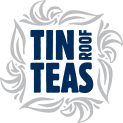

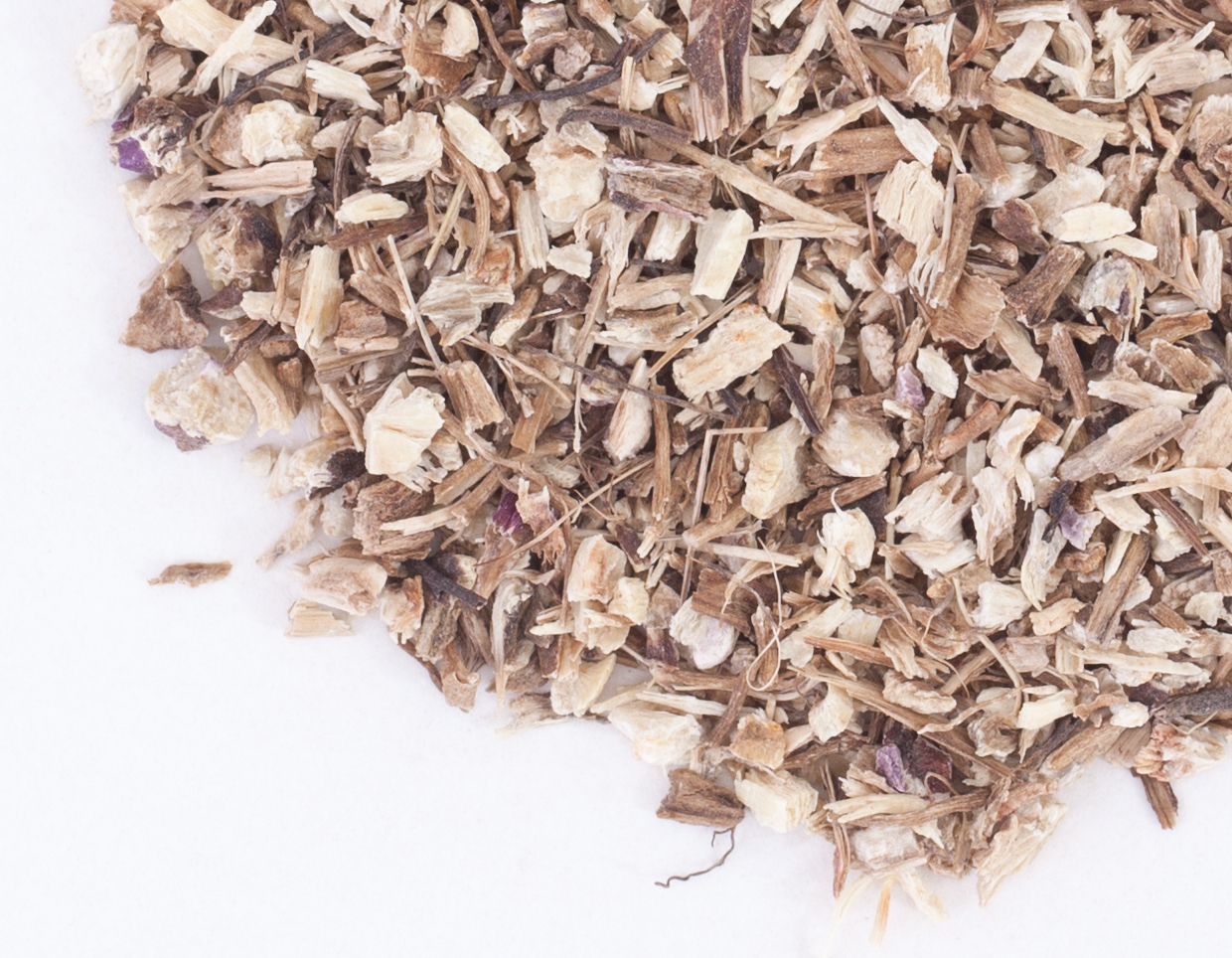
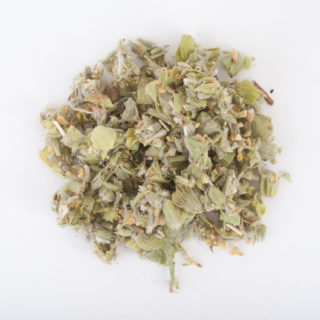
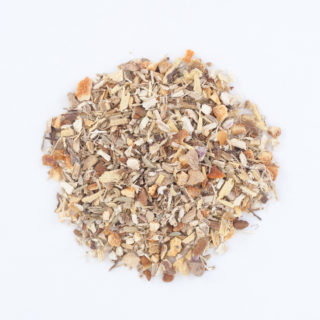
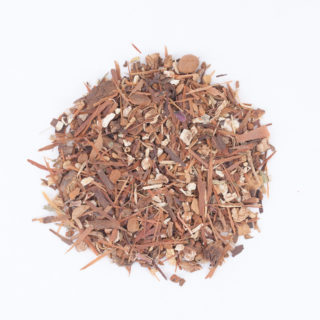
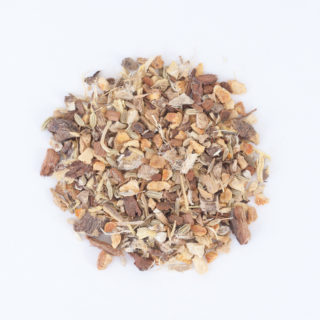
Reviews
There are no reviews yet.